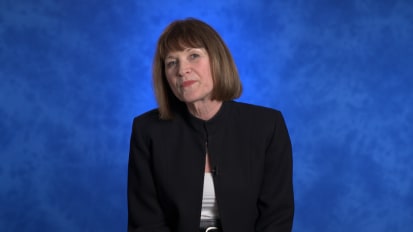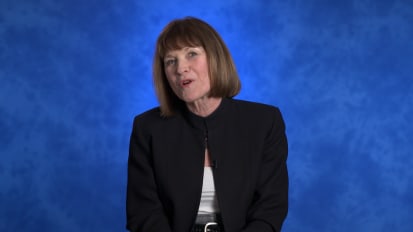Christine A. Kessler, MN, ANP-BC, CNS, BC-ADM, FAANP

Founder, Nurse Practitioner
Metabolic Medicine Associates
Co-Chair, Metabolic & Endocrine
Disease Summit (MEDS)
King George, VA
From an overview and call-to-action perspective, can you discuss the importance of screening, diagnosis and assessment of hypothyroidism? What is the unique metabolic role and impact of T3 on target organs, especially the cardiovascular system and CNS?
How will patients with hypothyroidism typically present to clinical care providers, what are the guideline-endorsed protocols for laboratory evaluation, and how do we confirm our treatment strategy has been successful from the patient perspective?
What is your initial, ATA guidelines-sanctioned approach to therapy for hypothyroidism and when might this initial strategy require modification? How focused should we be on “squaring the numbers”—TSH and T4 and/or T3—as a benchmark for success?
Once you decide to treat, in order to address the full treatment “outcome” equation—that is, achieving both laboratory (TSH, T4) targets and symptomatic/quality-of-life goals—how do you construct your therapeutic regimen?
Under what circumstances would a clinician consider deploying combination T4/T3 therapy, whether adding on synthetic T3 to T4 or considering dessicated thyroid extract (DTE)? How do you identify patients who are appropriate for combination therapy?
How does the peripheral metabolism—the conversion or compromised conversion of T4 to T3—affect a patient’s response to T4 monotherapy? How does that set the stage for combination T4 plus T3 therapy in appropriately selected patients?
Once you decide on combination therapy, what are the practical strategies—specifically, approved drug formulations, whether it be synthetic T3 (Cytomel) or DTE—that clinicians should consider at the front lines of care for hypothyroidism?
What is the composition of dessicated thyroid extract (DTE) and what makes it potentially useful in patients who have has suboptimal response to LT4 monotherapy? What properties are shared by available DTE preparations—NP Thyroid® and Armour Thyroid?
Once you’ve determined that LT4 therapy is not achieving the desired symptomatic end points, what are the practical aspects of initiating DTE therapy in the PCP setting? What does the DTE roadmap look like for NP Thyroid® and other DTE formulations?
How is laboratory monitoring of persons on LT4 therapy different from patients who are taking combination therapy with a DTE? Do you need to monitor T3 in patients on DTE? What should you be observing with respect to symptomatic improvement?
Can you summarize the current role of DTE in managing persons with hypothyroidism, and the approach to identifying the 10%-20% of persons on LT4 monotherapy who, because of symptomatic shortfalls, may be appropriate for combination therapy?













